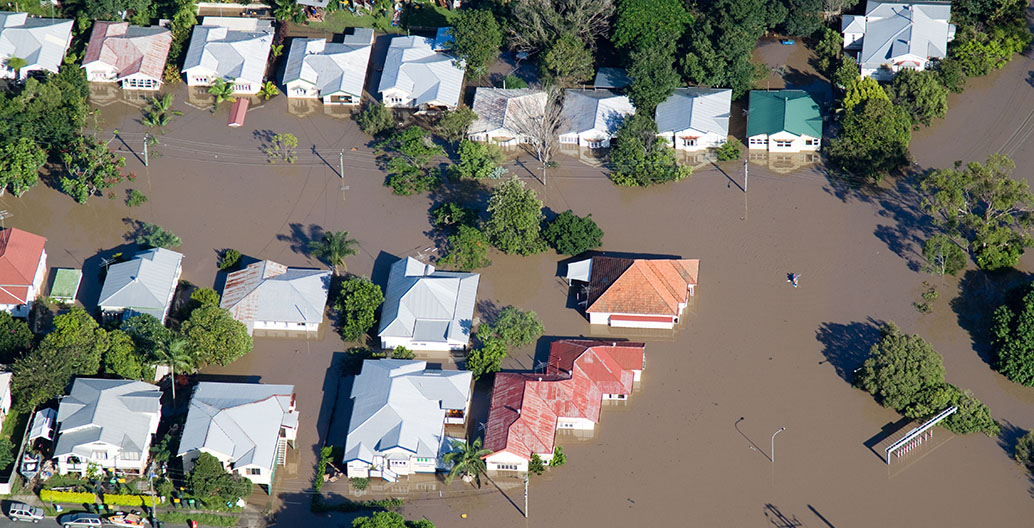
Disaster is ‘the new normal’
With an annual clean up bill of over $6 Billion (and rising) how can our environments be more resilient, in a time of routine calamity.
Think disaster relief, or emergency planning, and you probably have an image of the CFA battling a fire front or residents rescued from rooftops during flood. Images such as these grab the headlines during a natural catastrophe. But the full story about what it takes to plan for these increasingly common events is more complex.
No doubt we are better prepared now than we were a decade ago, but many real and present emergency risks remain poorly understood, or discussed. For instance, while Australia mourned the death of the 173 souls who lost their lives in Victoria’s Black Saturday bush fires, a less reported number was the 374 people who died around the same time, from heat stress.
This more complex side to Australia’s seemingly endless cycle of bushfires and swollen rivers was the focus of a recent event entitled Challenges to Melbourne’s Resilience, held at Melbourne University. As a partnership between the Melbourne School of Design, the Planning Institute of Australia and the PREPARE Research Group, it was the first of three seminars on the role of planning in working towards a more resilient built environment.
Speakers included the Chief Resilience Officer for the City of Melbourne, Toby Kent, the General Manager of Risk, Consequence and Resilience at Emergency Management Victoria, Lew Short, and an economist from SGS Economics Terry Rawnsley.
If you’re wondering why a seminar on natural disasters included an economist on the panel, be prepared for some eye-watering numbers. Natural disasters are estimated to cost Australian insurers on average about $6.3 billion a year. According to the world’s largest reinsurer, Munich Re, this figure is likely to quadruple by 2050. As a drain on the public purse, NSW alone saw an estimated half a billion dollars spent on responding to natural disasters last year.
Dealing with threats of this magnitude means diverse kinds of preparedness. Toby Kent echoed Donald Rumsfeld when describing the fast changing natural disaster environment. ‘It’s not the stuff we know about that is the problem, it’s the unknown unknowns, the disasters that we’re not thinking about’, that keeps him up at night. Kent’s role at Melbourne City Council is groundbreaking, part of a worldwide Chief Resilience Officer program funded by the Rockefeller Foundation.
In tackling this rapidly changing threat, people like Kent are exploring innovative emergency procedures. For instance, Melbourne City Council’s Heatwave Response Plan has estimated that nearly 300,000 workers could be forced to abandon their offices if massive power outages brought down the energy and air-conditioning systems. One innovative response would be to provide shelter in stadia and sports grounds, with the MCG identified as a possible refuge for the city’s workers in the event of a power outage.
One clear takeaway from the seminar is that the conventional disaster response, to ‘predict and provide’, is no longer enough. We need to respond to disasters with more than a rebuilding program. We need to analyse the causes and consider rebuilding, differently.
In other words, we need to stop pretending we can always ‘build back’. Sometimes we need to stop, think and rebuild differently. In other words, our cities need to adapt ‘to the new normal’.
For information about future Challenges to Melbourne’s Resilience seminars, go to Resilient Melbourne


